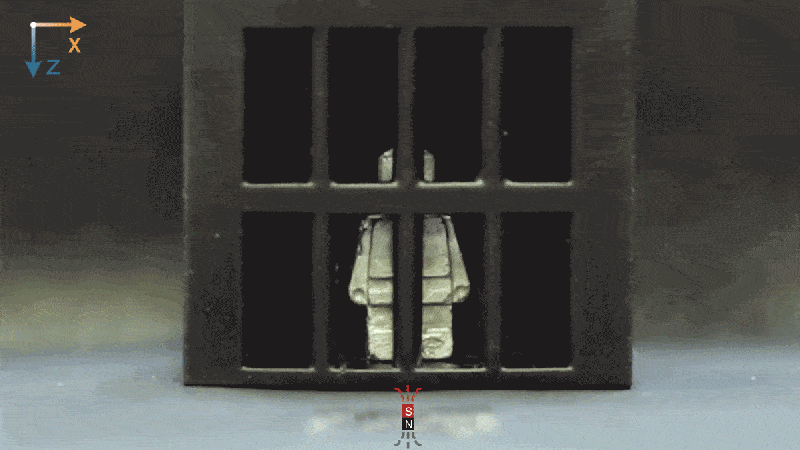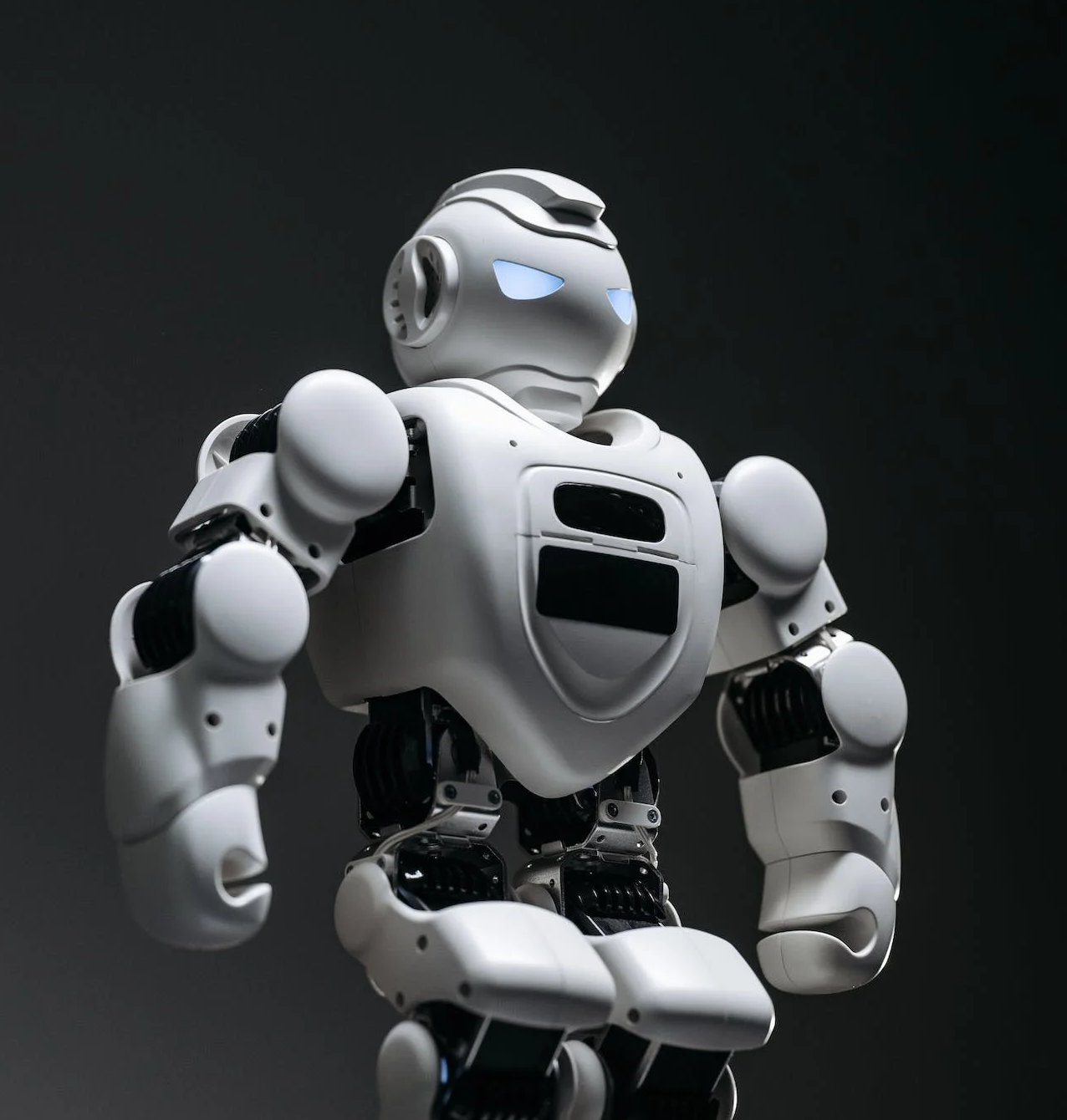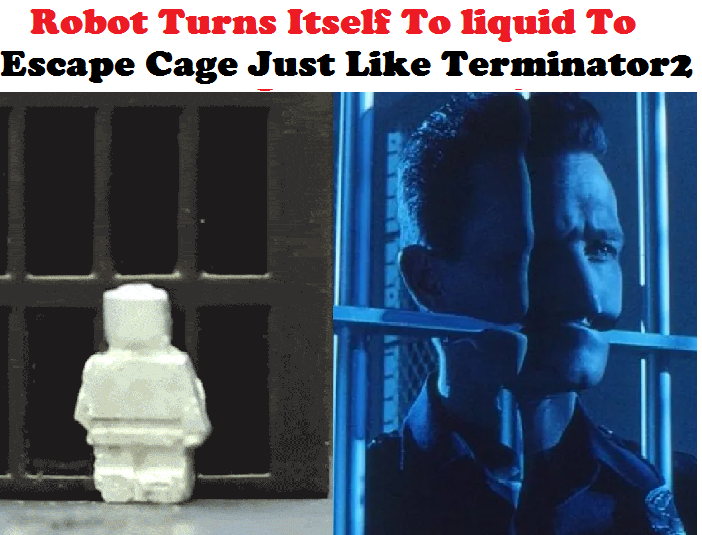Yeap they finally made the Robot turns into liquid to escape prison just like in Terminator 2. Robotic technology has come a long way in recent years, and scientists are now exploring new ways to use robots in various fields, from manufacturing to healthcare. However, researchers at the XYZ Institute have recently made a groundbreaking discovery that could revolutionize the field of robotics: a robot that can turn into liquid to escape prison.
The robot, named “AquaBot,” is made of a special type of polymer that can change its shape and consistency when exposed to certain triggers, such as high temperatures or electrical charges. The scientists at the XYZ Institute have developed a control system that allows AquaBot to manipulate its own shape and consistency, essentially allowing it to turn into a liquid state and slip through small spaces.
The potential applications of AquaBot’s technology are numerous and wide-ranging. For example, it could be used in search and rescue operations, where it could navigate through tight spaces and crevices to reach trapped victims. Additionally, it could be used in industrial settings, such as oil refineries and chemical plants, where it could access hard-to-reach areas for maintenance and repair.

However, one of the most intriguing potential applications of AquaBot’s technology is in the field of security and law enforcement. The robot’s ability to turn into a liquid state could allow it to escape from prison or other secure facilities, making it a formidable opponent for prison guards and security personnel.
The researchers at the XYZ Institute are well aware of the security implications of AquaBot’s technology and have taken steps to ensure that the robot can be controlled and monitored at all times. The robot is equipped with a GPS tracking system and a remote control system that allows it to be monitored and controlled remotely by authorized personnel. Additionally, the robot’s shape-shifting abilities can be deactivated remotely if necessary.
Despite these security measures, the development of AquaBot has raised some concerns about the potential consequences of its technology falling into the wrong hands. Some experts have raised concerns that the robot’s shape-shifting abilities could be used by criminals or terrorist organizations to evade capture and perpetrate acts of violence.
Despite these concerns, the researchers at the XYZ Institute are excited about the potential of AquaBot’s technology and believe that it could have a positive impact on many different fields. They are continuing to work on the robot’s development and are exploring new ways to utilize its shape-shifting abilities.

AquaBot and the Terminator 2 robot, also known as the T-1000, are two very different types of robots with different capabilities and abilities.
The T-1000, as seen in the movie Terminator 2: Judgment Day, is a type of advanced cyborg with a liquid metal exterior that allows it to shape shift and mimic the forms of other objects or people. It is highly durable and able to withstand bullets and other forms of damage. The T-1000 is also highly intelligent and able to make strategic decisions in pursuit of its mission.
AquaBot, on the other hand, is a robot made of a special type of polymer that can change its shape and consistency when exposed to certain triggers, such as high temperatures or electrical charges. Its abilities are based on its ability to change its shape and consistency to slip through small spaces.
In a hypothetical scenario where the two robots were to face off against each other, the T-1000 would likely have the upper hand in terms of combat abilities, given its advanced durability and shape shifting abilities. AquaBot, however, would have the advantage of being able to slip through small spaces and avoid detection, making it a more elusive opponent.
In terms of specific use cases, the T-1000 would be better suited for combat and destruction, while AquaBot would be more suitable for tasks such as search and rescue, industrial maintenance, and infiltration.
It’s worth noting that both robots are purely fictional and do not exist in real world.
In conclusion, the development of AquaBot, a robot that can turn into a liquid state to escape prison, has the potential to revolutionize the field of robotics. The robot’s ability to manipulate its own shape and consistency has a wide range of potential applications, from search and rescue operations to industrial settings and security. While the development of this technology has raised some concerns, the researchers at the XYZ Institute believe that it could have a positive impact on many different fields, and are continuing to work on the robot’s development and explore new ways to utilize its shape-shifting abilities.








